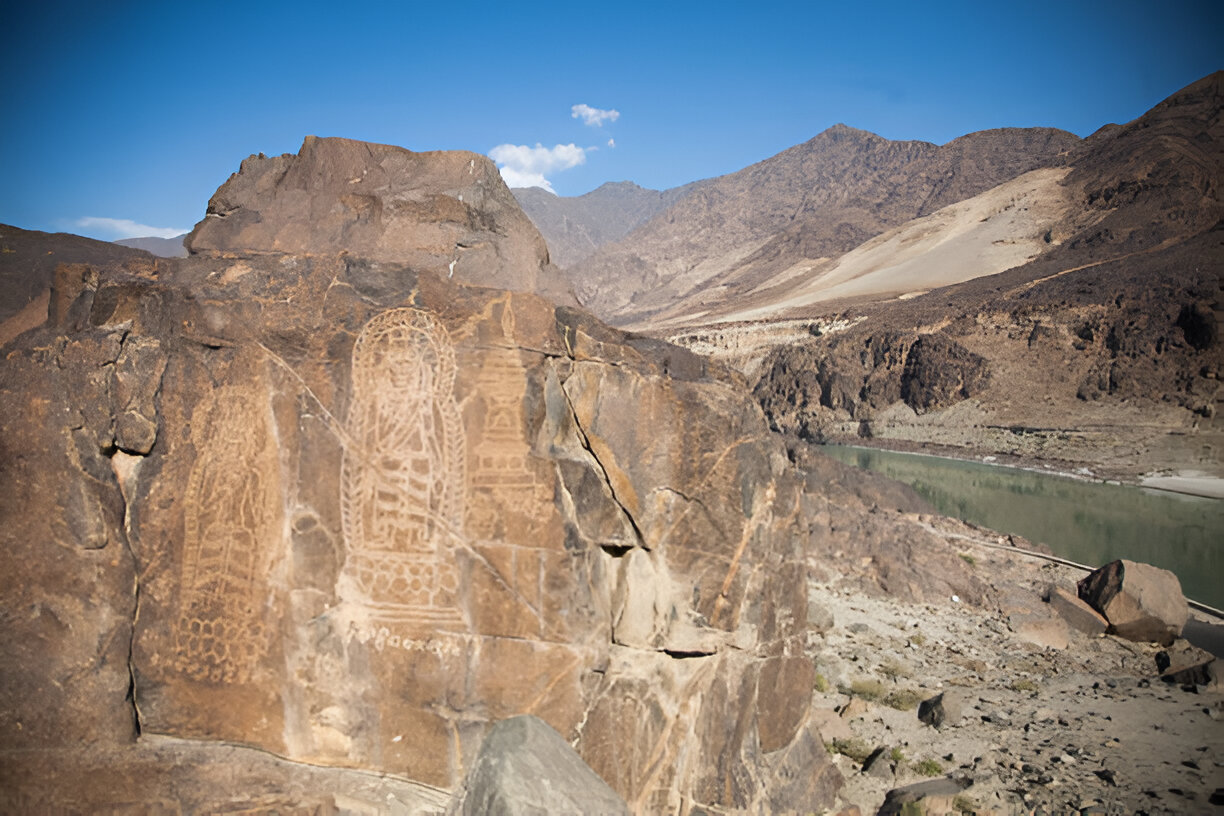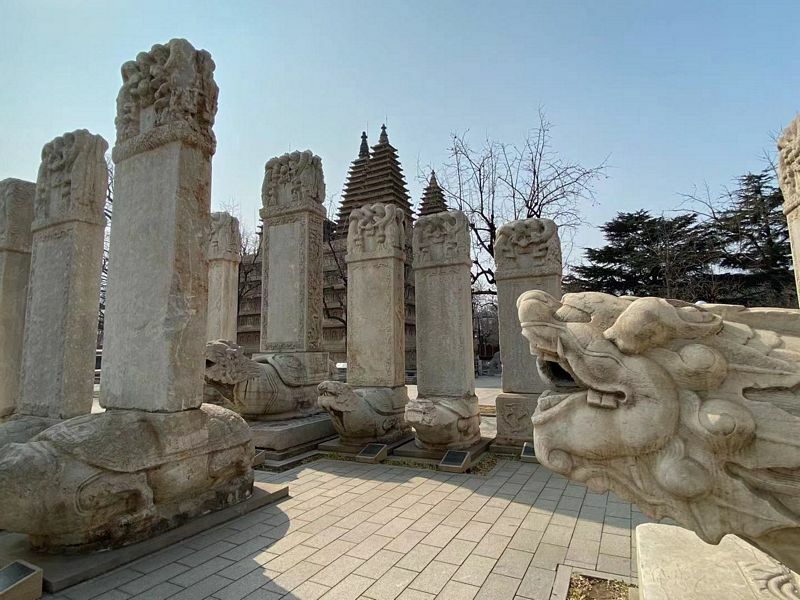
When you travel to Northern Pakistan, the mountains don’t just take your breath away—they also tell stories. Hidden in the valleys and remote villages is an ancient craft that has been practiced for centuries: stone carving. This timeless art reflects the history, culture, and creativity of the region, turning simple pieces of stone into masterpieces that stand the test of time.
Table of Contents
ToggleA Craft Shaped by the Mountains
Northern Pakistan, home to the mighty Karakoram, Himalayas, and Hindu Kush ranges, is rich in natural stone. For centuries, artisans have sourced marble, granite, and other local stones to create intricate carvings. These pieces aren’t just decorative—they carry spiritual and cultural significance, often used in mosques, shrines, monuments, and traditional homes.
A Skill Passed Down Through Generations
Stone carving is no easy trade. It takes years to master the delicate art of chiseling and shaping stone with precision. Most artisans inherit this skill from their fathers and grandfathers, keeping alive a craft that connects communities to their ancestral roots. In some areas, you’ll still find workshops where hand tools are used instead of machines, preserving the authenticity of this tradition.
Stone Carving as a Cultural Marker
From the intricate lattice designs of Hunza to the floral patterns in Skardu, each carving style represents local identity and heritage. Historically, stone carving was a way to decorate homes, mark graves, and build places of worship. Today, these carvings are also seen in modern architecture and interior design, showing how ancient art can adapt to modern tastes.

Challenges in a Changing World
Like many traditional crafts, stone carving faces challenges. Younger generations are moving away from this labor-intensive work, and modern construction materials are replacing natural stone. Yet, there is a growing appreciation for handmade, sustainable, and culturally rich art, which is helping revive interest in this craft.
Preserving the Legacy
Local artisans, cultural organizations, and tourism initiatives are stepping up to protect and promote this tradition. By showcasing these artisans’ work and creating opportunities to sell their pieces, Pakistan can ensure this living heritage thrives for generations to come.
Final Thoughts
Stone carving in Northern Pakistan isn’t just an art form—it’s a symbol of resilience, patience, and history carved into stone. Visiting these regions offers a glimpse into the dedication of artisans who have kept this ancient craft alive, reminding us that true beauty often lies in things shaped slowly, with love and tradition.
